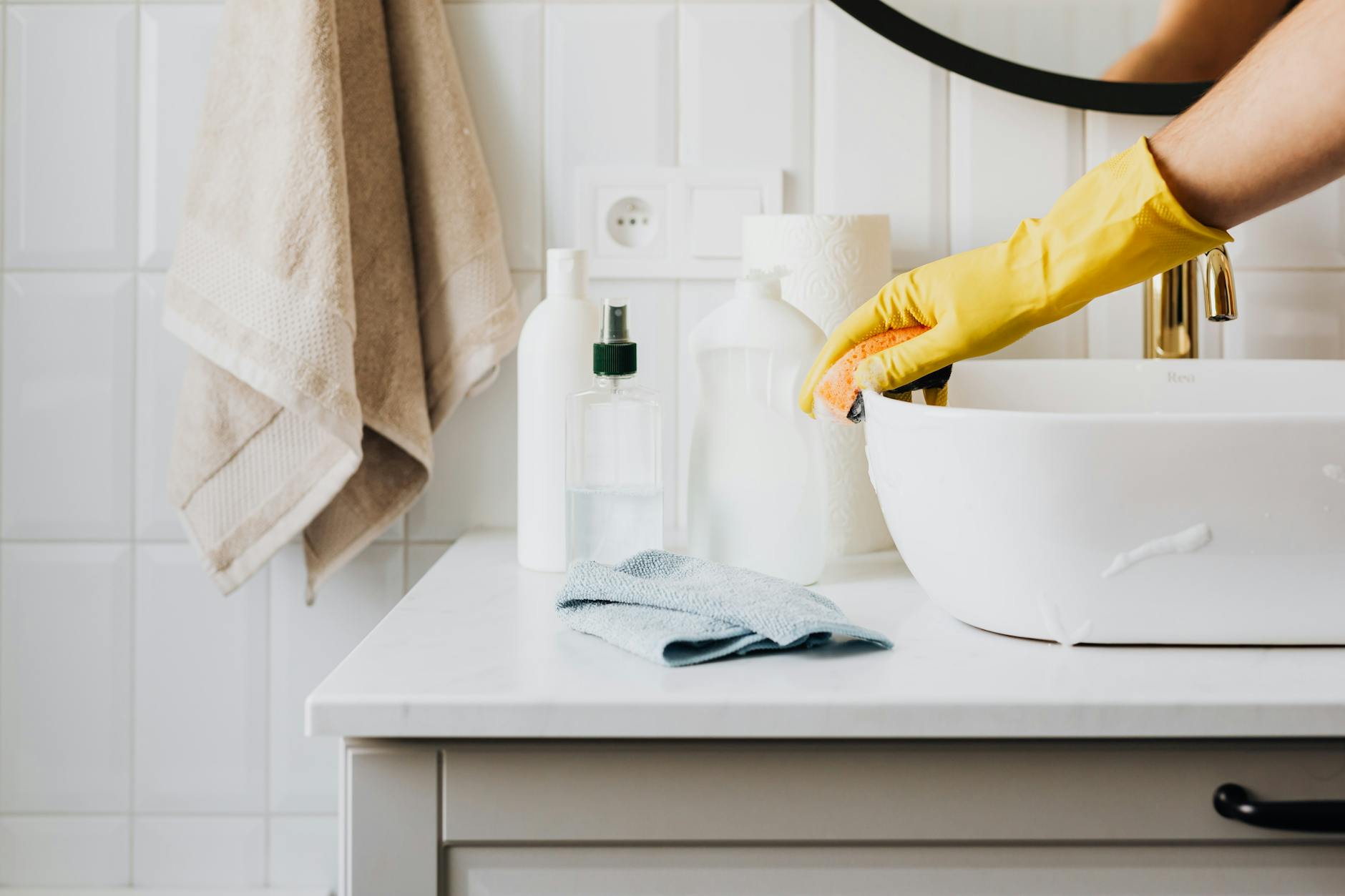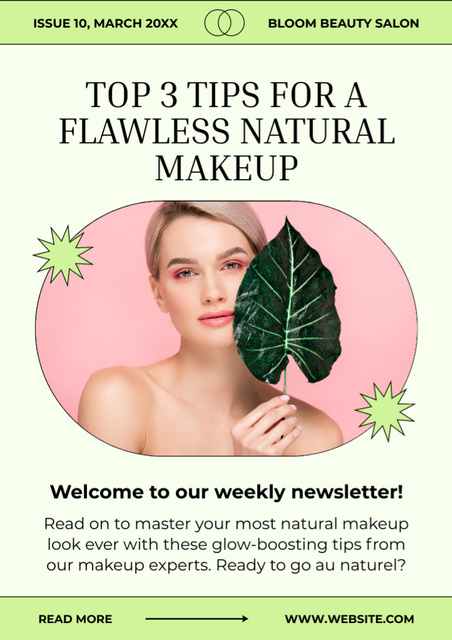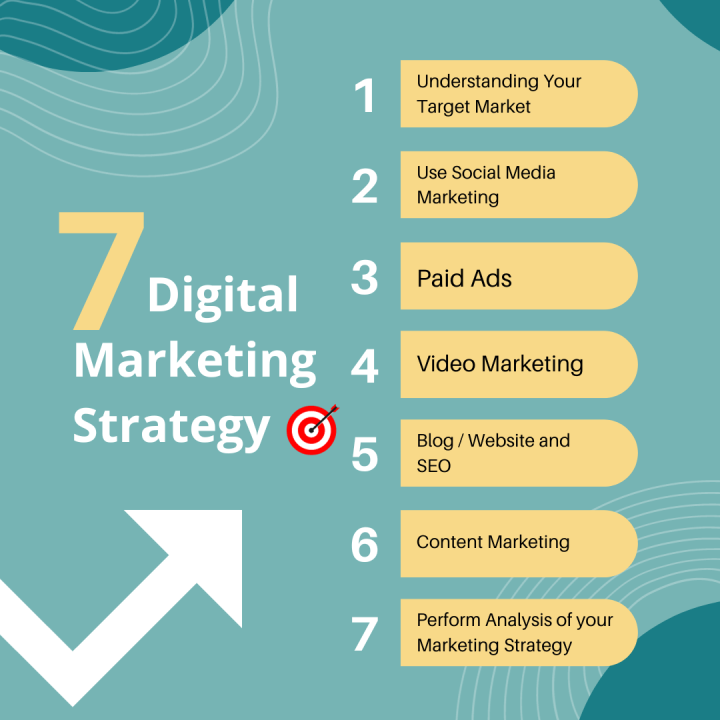Discover the coveted secrets that beauty industry professionals swear by for achieving flawless beauty. Are you ready to unlock them?

Image courtesy of Karolina Grabowska via Pexels
Table of Contents
- Understanding Your Target Audience and Relevant Keywords
- Building an Engaging and SEO-friendly Beauty Blog
- Harnessing the Power of Social Media Marketing
- The Role of Influencer Marketing in the Beauty Industry
- Paid Marketing Strategies for Beauty Businesses
- Maximizing Local SEO for Beauty Salons and Spas
- Leveraging Email Marketing for Beauty Businesses
- Importance of Customer Engagement and Retention
- Tracking and Analyzing Marketing Efforts to Drive Success
- In Conclusion
Creating a successful beauty business requires more than just talent and skill. In today’s digital age, effective marketing strategies play a crucial role in attracting clients and establishing a strong online presence. Whether you own a hair salon, a nail salon, or a medical spa, utilizing marketing techniques can significantly boost your visibility and revenue. In this blog post, we will divulge 10 essential tips and tricks to help you enhance your marketing efforts and stand out in the competitive beauty industry.
Understanding Your Target Audience and Relevant Keywords
Before diving into any marketing campaign, it’s essential to have a solid understanding of your target audience. Different beauty services cater to specific demographics, so identifying your ideal clients will help you tailor your marketing strategies to their needs. Perform thorough research to gain insights into their preferences, demographics, and online habits. This information will allow you to create targeted and engaging content that resonates with them.
Additionally, conducting keyword research is vital for effective search engine optimization (SEO). Identify relevant keywords and phrases that your target audience is likely to search for when looking for beauty services. Incorporate these keywords naturally into your website content, blog posts, and social media posts to improve your search engine rankings and increase organic traffic.
Building an Engaging and SEO-friendly Beauty Blog
A beauty blog can be a powerful tool to attract and engage your target audience. Starting a blog allows you to share valuable content, establish yourself as an industry expert, and drive more organic traffic to your website. When creating your beauty blog, consider the following:
1. Choosing a captivating domain name and hosting provider: Select a domain name that reflects your brand and is easy to remember. Ensure that your hosting provider offers fast loading speeds and reliable uptime to provide a seamless user experience.
2. Crafting compelling content with relevant keywords and proper structure: Write informative and engaging blog posts that address common beauty concerns, provide tips and tutorials, and share industry insights. Incorporate relevant keywords naturally throughout the content to improve your search engine rankings.
3. Utilizing high-quality visuals and multimedia: Visuals play a crucial role in the beauty industry. Include high-quality images, videos, and infographics to enhance the visual appeal of your blog posts. This not only grabs the attention of your audience but also increases the shareability of your content.
Harnessing the Power of Social Media Marketing
Social media platforms offer a wealth of opportunities to connect with your target audience and promote your beauty business. Follow these tips to harness the power of social media marketing:

Image courtesy of create.vista.com via Google Images
1. Creating and optimizing business profiles/pages: Set up and optimize your business profiles/pages on popular social media platforms such as Facebook, Instagram, and Twitter. Provide accurate and up-to-date information about your services, location, and contact details.
2. Developing a consistent posting schedule and engaging with the audience: Regularly post valuable and engaging content that aligns with your brand and resonates with your audience. Respond to comments, messages, and reviews promptly to build positive relationships with your customers.
3. Utilizing paid advertisements on social media: Paid advertisements on social media platforms can significantly expand your reach and visibility. Target specific demographics based on location, age, interests, and behavior to maximize the effectiveness of your ads.
The Role of Influencer Marketing in the Beauty Industry
Influencer marketing has become an integral part of promoting beauty products and services. Collaborating with influencers can help you reach a wider audience and build brand credibility. Here’s how you can leverage influencer marketing:
1. Identifying suitable influencers: Look for influencers whose content aligns with your brand values and target audience. Consider factors such as follower engagement, authenticity, and relevance when selecting influencers for collaborations.
2. Leveraging influencer collaborations to increase brand awareness: Work with influencers to create engaging and informative content that showcases your services and products. Encourage them to share their experiences with your business and offer their honest opinions to build trust among their followers.
3. Tracking the effectiveness of influencer campaigns: Use tracking links, discount codes, or unique landing pages to measure the impact of influencer collaborations. Analyze the data to determine which partnerships and strategies yield the best results and adjust your future influencer marketing efforts accordingly.
Paid Marketing Strategies for Beauty Businesses
While organic marketing efforts are crucial, paid marketing campaigns can offer instant results and a broader reach. Consider the following paid marketing strategies:

Image courtesy of www.slideteam.net via Google Images
1. Importance of paid marketing campaigns for instant results: Paid advertising can provide immediate exposure and generate quality leads for your beauty business. Allocate a portion of your marketing budget to implement paid campaigns strategically.
2. Utilizing Google Ads and Facebook Ads to target specific demographics: Google Ads and Facebook Ads platforms provide robust targeting options to reach potential clients within specific demographics, interests, and locations. Craft compelling ad copies and compelling visuals to attract the attention of your target audience.
3. Monitoring and optimizing paid campaigns: Regularly monitor the performance of your paid campaigns and make necessary adjustments. Optimize the ad copies, keywords, and targeting parameters to improve the return on investment (ROI) and maximize your marketing budget.
Maximizing Local SEO for Beauty Salons and Spas
If you have a physical location for your beauty salon or spa, maximizing local SEO is crucial to attract nearby clients. Implement the following local SEO strategies:
1. Claiming and optimizing Google My Business listing: Claim and optimize your Google My Business listing to ensure accurate contact information, description, photos, and reviews. Encourage satisfied customers to leave positive reviews to improve your local rankings.
2. Encouraging customer reviews and managing online reputation: Positive online reviews can significantly impact a potential customer’s decision to choose your beauty business. Encourage satisfied customers to leave reviews on popular review platforms and promptly address any negative feedback to maintain a positive online reputation.
3. Incorporating location-specific keywords in website content and metadata: Include location-specific keywords in your website content, headings, titles, and metadata to improve your visibility in local search results. This will help potential clients find your business when searching for beauty services in your area.
Leveraging Email Marketing for Beauty Businesses
Email marketing is a cost-effective way to reach your existing clients and nurture relationships with them. Implement the following email marketing strategies:

Image courtesy of www.veloxmedia.com via Google Images
1. Building an email subscriber list: Encourage website visitors and customers to subscribe to your email list by offering exclusive discounts, informative newsletters, or free resources. Use opt-in forms and lead magnets to capture their email addresses.
2. Creating personalized and engaging email campaigns: Segment your email list based on customer preferences, purchase history, and demographics to send targeted and relevant content. Craft personalized email campaigns that showcase your latest services, offers, and beauty tips.
3. Analyzing email marketing metrics: Track email open rates, click-through rates, and conversion rates to gauge the effectiveness of your email campaigns. Make necessary improvements by testing different subject lines, content layouts, and calls to action.
Importance of Customer Engagement and Retention
Building strong relationships with your customers is vital for long-term success in the beauty industry. Focus on customer engagement and retention by implementing the following strategies:
1. Fostering positive customer experiences and providing exceptional services: Aim to exceed customer expectations by providing exceptional services, personalized recommendations, and a friendly atmosphere. Offer a positive experience that will keep them coming back and recommending your business to others.
2. Implementing loyalty programs and referral incentives: Reward your loyal customers to encourage repeat business. Offer loyalty programs, referral discounts, and exclusive benefits to show your appreciation and incentivize them to bring in new clients.
3. Gathering customer feedback: Regularly seek feedback from your customers through surveys or online reviews. Listen to their suggestions, address any concerns promptly, and make necessary improvements to enhance their experience with your beauty business.
Tracking and Analyzing Marketing Efforts to Drive Success
Tracking the performance of your marketing efforts is crucial in refining your strategies and maximizing your return on investment. Follow these steps to track and analyze your marketing efforts:

Image courtesy of www.linkedin.com via Google Images
1. Utilizing analytics tools to measure website traffic, conversion rates, and other key metrics: Use tools like Google Analytics to track valuable metrics such as website traffic, the average time visitors spend on your site, bounce rates, and conversion rates. This data will help you identify areas for improvement and measure the success of your marketing campaigns.
2. Identifying successful strategies and optimizing underperforming ones: Analyze the data collected from your analytics tools to identify which marketing strategies are driving the most results. Allocate more resources and effort into the successful strategies while revisiting and optimizing the underperforming ones.
3. Implementing A/B testing to improve marketing campaigns: Experiment with different variations of your marketing campaigns through A/B testing. Test different elements such as headlines, visuals, call-to-action buttons, and layouts to determine what resonates best with your target audience.
Book Now For a Free Consultation
In Conclusion
By implementing these 10 essential tips and tricks, you can unlock the secrets to flawless beauty marketing. Understanding your target audience, optimizing your online presence, utilizing social media platforms, and staying on top of the latest marketing trends will help your beauty business thrive in this digital age. Remember, marketing is not a one-time effort; it requires continuous monitoring, adjustment, and improvement. Keep your finger on the pulse of your industry and adapt your strategies to stay ahead of the competition. Harness the power of effective marketing and watch your beauty business flourish!